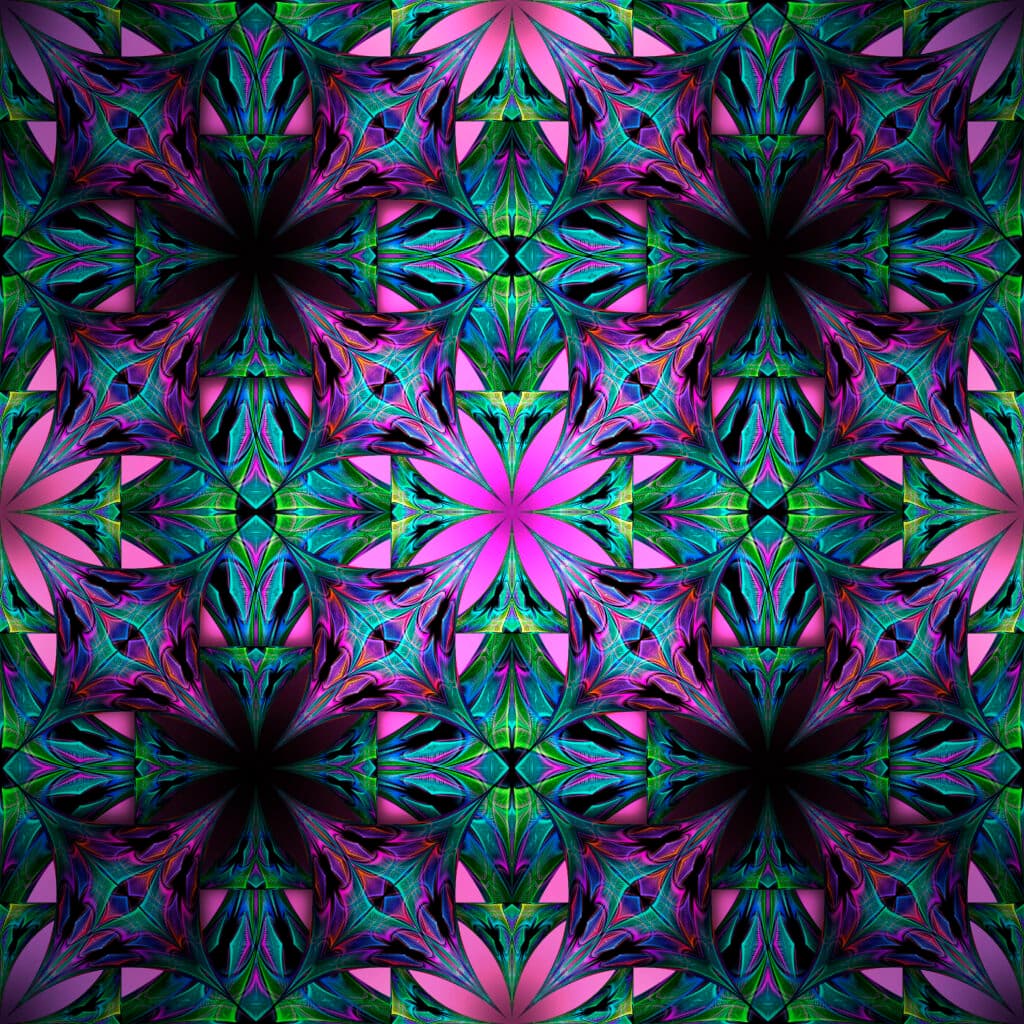Beautiful Jumble or Optical Confusion The kaleidoscope was invented in 1816 by Scottish scientist David Brewster. He named it after the Greek words kalos (beautiful), eidos (form), and scopos (watcher). It roughly translates as beautiful form watcher. www.thoughtco.com/history-of-the-kaleidoscope-1992035.
You read it first in The Factory in Guide magazine.
One of my favorite toys as a kid was a kaleidoscope! I always thought they were the neatest things. You could make many “pictures” of beautiful colors and shapes just by turning a tube. I was fascinated with these and would spend many happy moments gazing into these cylinders.
Have you ever seen one? You may even have some at home! They remind me of the beautiful stained glass windows in churches. When the sun hits the window just right they light up the sanctuary with magnificent color!
So how does the kaleidoscope work? Most kaleidoscopes have a tube with mirrors and a cell at one end filled with loose, colorful pieces like glass or plastic beads. As you turn the tube, these pieces shift, and the pattern you see changes, making each view unique!
Scottish scientist, David Brewster, came up with the idea as a scientific tool, but once they were made and sold they became all the rage in London and Paris. People couldn’t get enough of them, and they couldn’t be made fast enough.

In modern times many variations of the kaleidoscope have been produced. Some have decorated the outside of the tube turning them into a true work of art. Others have been created by using stained glass for the cylinder portion. These would be much more fragile, of course, and not the best use as a toy.
Some kaleidoscopes have a special cell filled with a thick liquid. The colorful pieces inside float and move slowly and gracefully as you gently tilt the kaleidoscope.
Wand kaleidoscopes were introduced around 1990. They have a clear, sealed tube attached to the kaleidoscope, which contains liquid and floating objects like glitter. As you move the wand, the objects drift past the mirrors, creating new patterns.
Some kaleidoscopes have a spinning wheel or carousel attached to their center. This wheel has shapes and colors that rotate into view, adding to the kaleidoscope's image. With modern technology, some kaleidoscopes now use computer software and digital cameras to create their patterns.
In the Catskills Mountains in southeastern New York, you can step into the world’s largest kaleidoscope, recognized by the Guinness Book of World Records in 1997! Built out of an old silo, it towers at 60 feet tall and is 37.5 feet in diameter! I have never been there, but it must be amazing.
Well, I am thankful that God created us to see colors and shapes and designs. In nature there are many creations that have shapes and designs. The next time you are out for a walk, look at a pinecone, or a snowflake. Can you see a pattern? Or when you are next in a grocery store, look at the side of a fresh pineapple. Do you see a pattern made out of shapes? You may even be inspired to draw and color your own shapes! Have fun!
—Carol Lyons, Assistant
Discovery Mountain
Scripture taken from the New King James Version, Copyright 1982 by Thomas Nelson. Used by permission. All rights reserved.
Learn More About This Fact
For more interesting facts, click on the buttons below!

